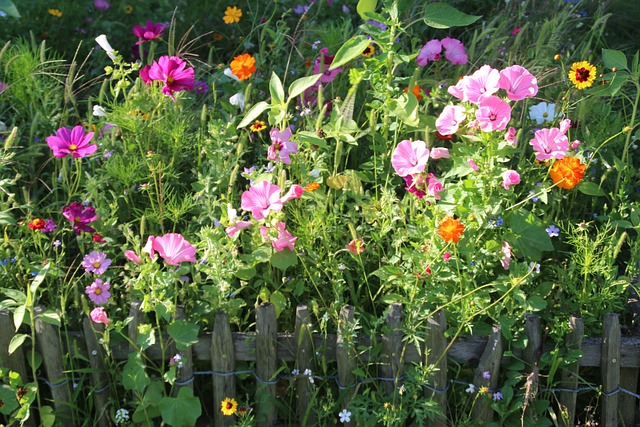In New Bedford, Massachusetts, a new fence can transform your outdoor space, enhancing security, privacy, and aesthetics. This comprehensive guide delves into the essential aspects of fence installation services in the area. We explore how understanding local needs, selecting suitable materials like wood, vinyl, or iron, and following efficient installation practices ensures a durable and visually appealing barrier. Additionally, we provide post-installation care tips to maintain your new fence’s quality and longevity.
- Understanding Fence Installation Needs in New Bedford
- Choosing the Right Fence Material for Your Property
- The Process of Efficient Fence Installation
- Post-Installation Care and Maintenance Tips
Understanding Fence Installation Needs in New Bedford
When considering fence installation in New Bedford, it’s crucial to understand the unique needs and challenges that come with this coastal city. The climate plays a significant role; harsh winters and salty sea air can impact materials over time, necessitating durable options like vinyl or treated wood. Property owners also often face space constraints, especially in densely populated neighborhoods, requiring custom designs to fit odd shapes and sizes.
Additionally, local regulations and homeowner associations (HOAs) may have specific guidelines on fence styles and heights, which can influence the installation process. Understanding these needs allows homeowners to collaborate effectively with fence installation services to ensure the perfect fit for both their property and the local landscape.
Choosing the Right Fence Material for Your Property
When considering fence installation, selecting the right material is a pivotal decision. It’s crucial to align your choice with factors like climate, aesthetic preferences, and budget. For instance, in New Bedford’s climate, durable materials like vinyl or wood are popular. Vinyl offers low maintenance and resistance to chipping and fading, while real or treated wood provides a classic look that can enhance property values.
Each material has its unique advantages. Wood, for example, offers versatility in styles, from traditional picket fences to elegant privacy panels. However, it requires regular upkeep compared to vinyl, which is low-maintenance and resistant to rot and pests. Consider your lifestyle and how much time you’re willing to invest in maintenance when making this important selection.
The Process of Efficient Fence Installation
When it comes to fence installation, efficiency is key to ensuring a swift and hassle-free process. It begins with a thorough property assessment where our experts study your land, considering factors like topography, existing structures, and vegetation. This step allows us to create a custom design tailored to your needs and preferences.
Next, we source high-quality materials that align with your chosen style and budget. From wood to vinyl, chain link to iron, our team ensures every component is durable and aesthetically pleasing. Once the materials are ready, we mark the installation sites precisely, ensuring compliance with local regulations. The actual installation involves skilled labor, meticulous planning, and careful execution to guarantee a solid, secure fence that stands the test of time.
Post-Installation Care and Maintenance Tips
After your new fence is installed, proper care and maintenance will ensure its longevity and keep it looking its best. Regular cleaning is essential; use a soft brush or cloth to remove any dirt, dust, or debris that may accumulate on the fence’s surface. Avoid harsh chemicals or pressure washers, as these can damage the fence’s finish.
Inspect your fence regularly for any signs of wear and tear, such as loose panels, damaged posts, or rust. Promptly address any issues to prevent them from escalating. Keep the area around the fence clear of overhanging branches or plants to avoid blocking the light and air that help keep the fence dry and protected. Lastly, consider repainting or resealing the fence every few years to maintain its protective coating against the elements.
